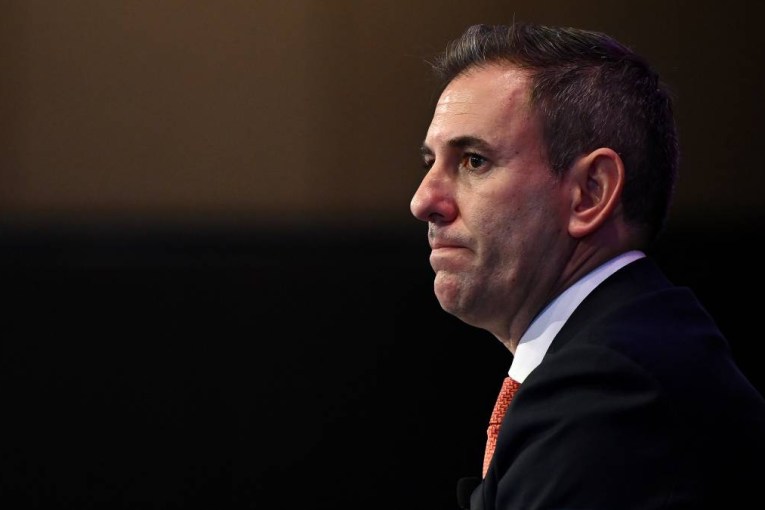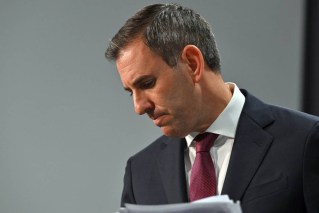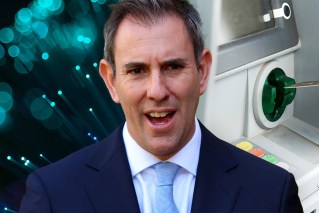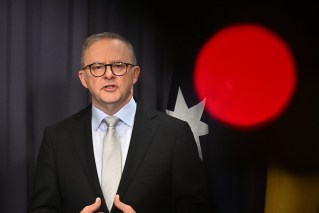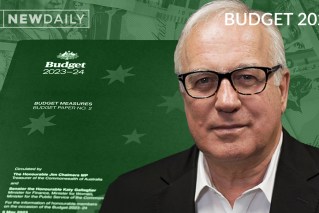NDIS and Coalition’s tax limit are about to collide

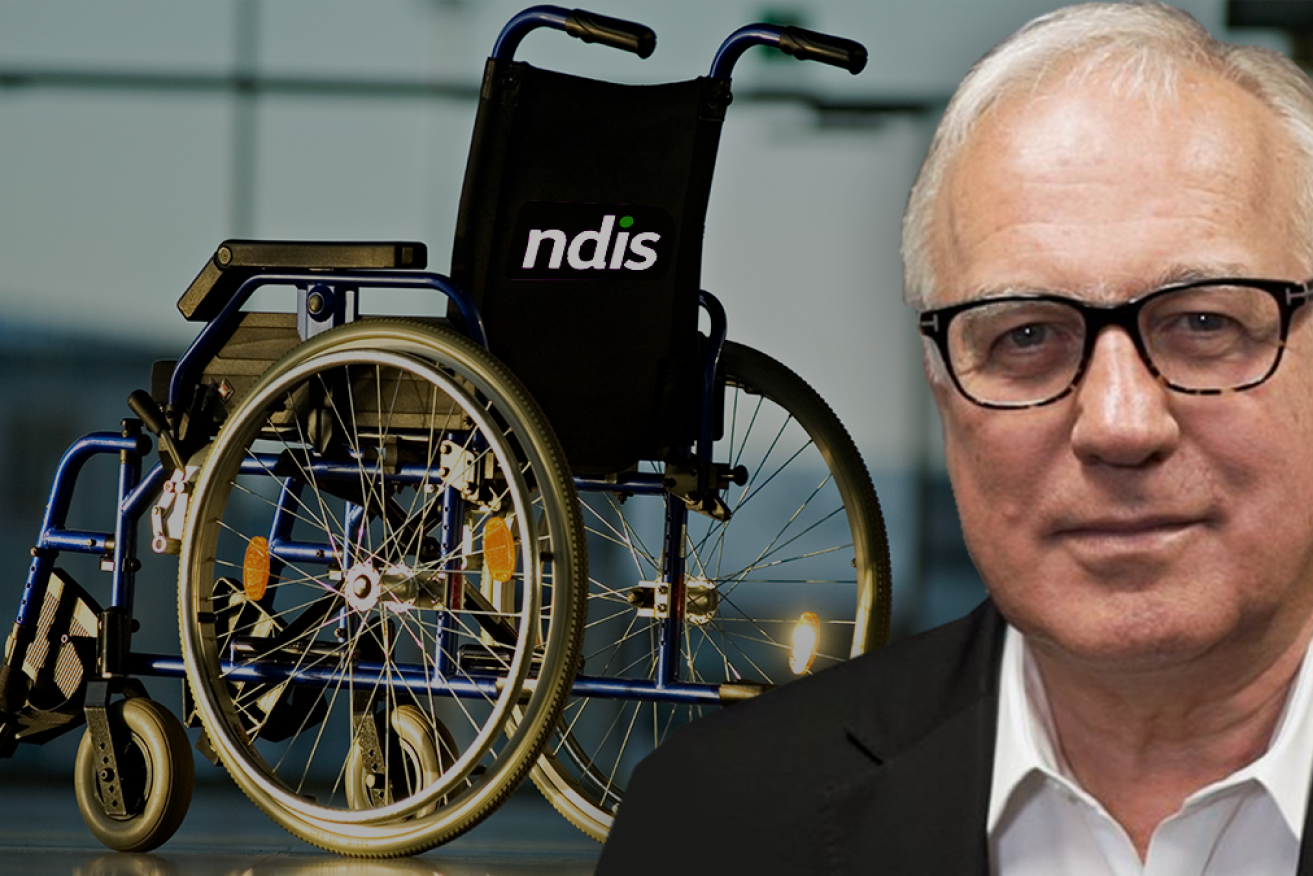
The government has painted itself into a corner on the NDIS, writes Alan Kohler. Photo: TND
It’s hard not to feel a bit sorry for Linda Reynolds, the minister for the NDIS.
She would have been sweating through endless Expenditure Review Committee meetings over the past couple of weeks, hammered by Treasurer Josh Frydenberg and Finance Minister Simon Birmingham over the ballooning cost of her portfolio, and realising with a sinking feeling that she is about to go down in history as the person who took money away from disabled people.
When the Mid-Year Economic and Fiscal Outlook (MYEFO) is released in two weeks from today, one of the big stories is likely to be the NDIS.
For a government intent on cutting tax and spending, the National Disability Insurance Scheme is a nightmare: An entirely demand-driven sacred cow the cost of which is growing at 11 per cent per annum, compound.
And the MYEFO statement in mid-December will likely confirm that the cost blowout is accelerating.
Yet knowing that, Frydenberg has been spruiking the government’s record on cutting taxes and his intention to keep doing it, in line with the policy of holding tax revenue to less than 23.9 per cent of GDP.
That is an absurd, arbitrary number, plucked from the tax-to-GDP ratio that happened to apply when the Howard government was voted out in 2007: Basically, it’s a memorial plaque to Saint John Howard.
Since that election, tax revenue has grown 4.5 per cent a year and the tax-to-GDP ratio averaged 21.3 per cent under Labor and then 22 per cent under the Coalition, so the Coalition has been a slightly bigger-taxing government than Labor (but there’s not much in it).
Over the same period, according to budget outcome documents, “assistance to people with disabilities” has increased from $12.8 billion to $56 billion, a compound annual growth rate of 11.1 per cent.
That is, the cost of the NDIS is doubling every seven years.
Meanwhile, the other three big federal welfare categories – Medicare, aged care and child care – have grown at an average of 5 per cent per annum since 2007, less than half the rate of the NDIS, but more than the rate of tax revenue and a lot more than the rate of inflation.
In the financial year just ended, tax revenue totalled 22.9 per cent of GDP. Another 4.5 per cent increase would take it to the Coalition’s limit of 23.9 per cent.
That means Josh Frydenberg has $21.3 billion available to spend before revenue hits the ceiling, although as discussed, he is determined to cut taxes from here, not let them drift up to the limit.
In any case, if the NDIS increases by another 11 per cent or more this year, the increase in welfare will soak up all of that extra tax revenue, and more, that is, if the ratio was allowed to reach 23.9 per cent.
Without that increase in tax revenue, the growth in the NDIS cost will go on the budget deficit.
In other words, there’s about to be a big collision between the NDIS, the Coalition’s self-imposed tax limit, and the political imperative to shrink the deficit.

Linda Reynolds has the difficult job of snatching money from the disabled. Photo: AAP
Poor Linda Reynolds has been shoved out in front of the media to start preparing the ground for cutting the cost of the NDIS, saying, weirdly, that it was never meant to be a “welfare scheme for life”.
That is exactly what the NDIS was meant to be, so obviously part of the plan to rein in its cost is to redefine it.
She also said, a little plaintively, that the states will have to chip in a share of the cost, and separately, that the government is planning legislation that would allow the CEO of the NDIS, Martin Hoffman, to change a recipient’s plan without their permission.
No doubt the Treasurer will highlight the NDIS blowout with pursed lips and furrowed brow when he releases MYEFO in a fortnight, but it will be Linda Reynolds who will have to do something about it, and carry the career legacy of snatching money from the disabled.
Hike taxes, or ditch the limit
There are only two alternatives to “redefining” and cutting the NDIS, aside from letting the deficit go: Increase taxes beyond 23.9 per cent of GDP, or cut spending elsewhere.
Given the pre-election tax cut rhetoric, the first option is out unless there is a change of government, and even then, the Labor Party will be reluctant to validate the Coalition’s spurious attacks on it for being a high-taxing party.
As for cuts elsewhere, defence is clearly off limits with the Defence Minister, Peter Dutton, warning of war with China, supported by the Prime Minister.
If anything, you would think they’d be doubling defence spending if they really thought we were heading for war, unless they are sacrificing our relationship with China for short-term electoral advantage. Surely not.
And if population growth is going to be restored, they can’t really cut spending on roads, rail and other infrastructure – in fact, if anything, there’s a case for large-scale decentralisation.
There may be some fat in the cost of the federal bureaucracy: Journalist Callum Foote, writing for Michael West Media, has added up all the departmental expenses and found that Scott Morrison is running one of the most expensive governments in living memory.
Total departmental expenses are scheduled to be $100 billion this year, up 90 per cent in ten years, or 60 per cent adjusted for inflation.
A lot of that money has been shelled out to management consultants like McKinsey & Co, so perhaps some of their pillage could be distributed among the disabled.
But compared with the soon-to-be $62 billion a year on assistance for the disabled, even the fees to McKinsey are chicken feed, and they’d have to sack 50,000 public servants to make a serious dent in the welfare bill.
The plain reality is that the 23.9 per cent of GDP limit on tax revenue is ridiculous and has to go, and with it the Coalition’s blind devotion to tax cuts as a political strategy.
This country’s fine commitment to making sure no one gets left behind is incompatible with it.
Alan Kohler writes twice a week for The New Daily. He is also editor in chief of Eureka Report and finance presenter on ABC news
